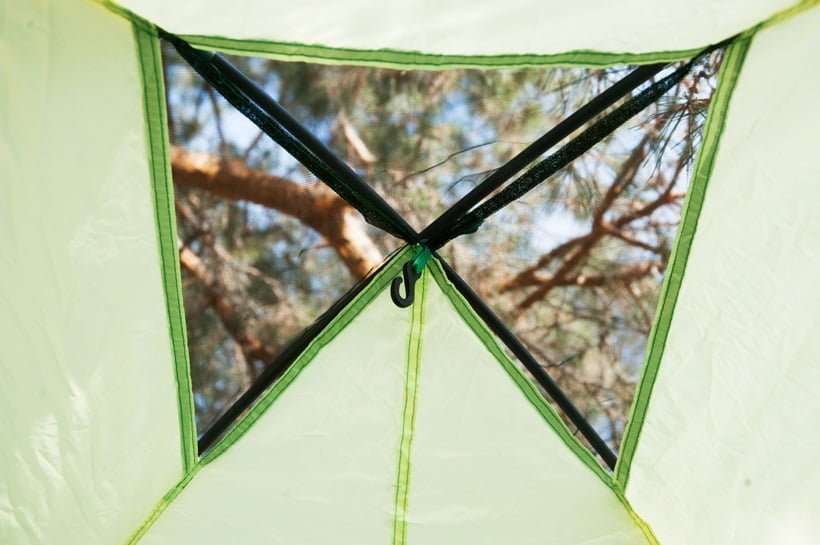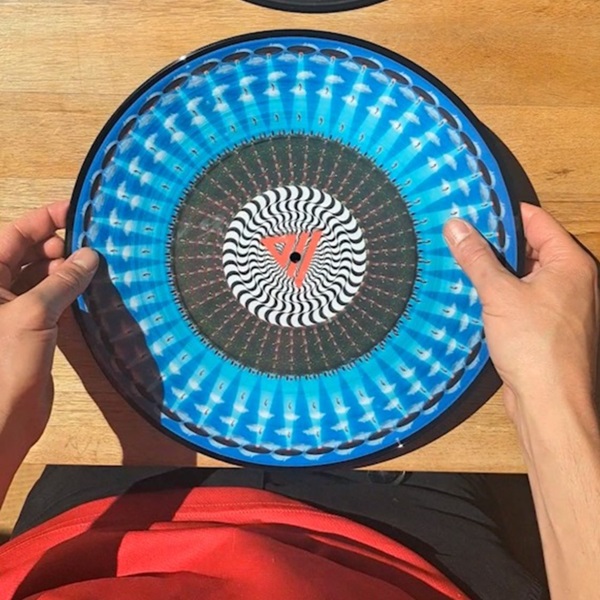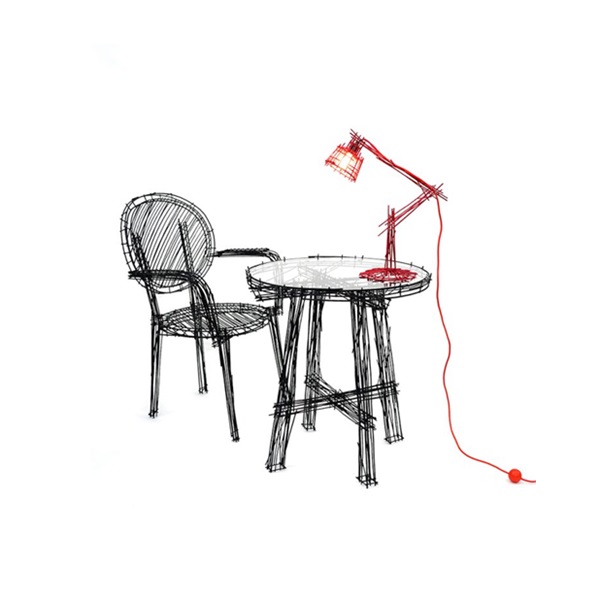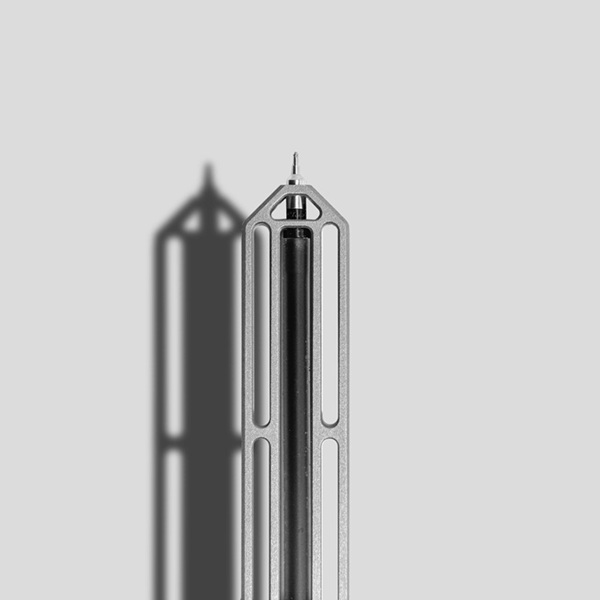
It is great to be outdoors, right? However, tent campers often face the common challenge of dealing with moisture buildup inside their tents. If you would like to become a tent camper, you should learn how to prevent condensation in tent to enhance your outdoor experience.
We have a detailed guide for you so that you can learn more about what condensation is and how do you stop condensation in a tent. If you are willing to overcome challenges, let us explore effective strategies for preventing condensation in a tent.

Why is There Condensation in My Tent?
Condensation in tents forms when warm, moist air inside the tent comes into contact with the cooler tent fabric. This leads to the accumulation of water droplets. Several factors contribute to this phenomenon.
Firstly, human activities such as breathing, cooking, and sweating release moisture into the air. When the temperature outside the tent drops, the warm air inside carries this moisture to the tent walls, where it cools and condenses. Additionally, wet gear and clothing stored inside the tent can increase humidity levels, exacerbating the problem.
Environmental conditions also play a significant role. Camping near water bodies or in humid climates can raise the humidity levels inside the tent. Poor ventilation further traps moisture, making it more likely for condensation to occur. By understanding these factors, campers can take proactive steps to avoid condensation in tent for a dry and comfortable environment.

How to Prevent Condensation in Tent in 9 Ways
The good news is you can avoid condensation in tent even if the pessimistic campers state the opposite. You should always try your best to follow the steps and keep dry inside a tent. If you follow the steps below, you can create a comfortable environment in your tent.

Ventilate Your Tent
Proper ventilation is crucial for preventing condensation in a tent. Therefore, you should ensure that vents are open to allow airflow, even in cooler weather. In addition, you can utilize mesh panels and windows to promote cross-ventilation. By increasing air circulation, warm, moist air is expelled, reducing the likelihood of condensation forming on the interior surfaces.
If you do not have a tent and look for an appropriate one, you can check tents with adjustable vents to allow fine-tune airflow based on weather conditions. You can create stable condensation in tent cold weather or warm weather. Properly ventilating your tent is one of the most effective strategies to keep the interior dry and comfortable.
Do Not Keep Wet Clothes Inside of a Tent
Storing wet gear inside your tent significantly increases humidity levels and leads to condensation in a tent. To prevent this, always dry your gear before bringing it inside. If drying completely isn’t possible, you can store damp items in a separate, sealed bag. This simple practice helps maintain a lower moisture level within the tent and reduces the chances of condensation.
You can consider setting up a small tarp outside the tent where wet gear can be left to dry. Keeping your tent free from wet gear is a key step to reduce condensation in tent.
Do not Sleep Near Water
Sleeping near water bodies like lakes, rivers, or streams can increase the humidity inside your tent and lead to condensation. Moisture from the water evaporates and raises the overall humidity in the surrounding area. When choosing a campsite, select a location at a distance from water sources to reduce the ambient humidity.
Additionally, camping at a slightly elevated spot can help, as cooler air and moisture tend to settle in lower areas. Avoiding camping near water is a proactive measure to control humidity levels and prevent condensation in your tent.
Get a Bigger Tent
Opting for a larger tent provides more space for air circulation, which helps prevent condensation. In a small, cramped tent, the air becomes saturated with moisture more quickly, leading to condensation. A bigger tent allows the moist air to disperse, reducing the concentration of humidity near the tent walls. While a larger tent might add some weight to your load, the added comfort and reduced moisture buildup can be worth it. Choosing a tent with ample space is an effective way to ensure a dry and comfortable camping experience.
Avoid Contact with the Tent Walls
Avoiding contact with the tent walls is crucial to preventing condensation transfer. When you touch the sides of the tent, you create a direct path for moisture to transfer from the walls to your gear or sleeping bag. This can make them damp and uncomfortable. Set up your sleeping area and gear away from the tent walls to minimize contact. Using a tent with a good rainfly and interior space will help keep you and your belongings away from the tent walls, reducing the risk of moisture transfer.
Never Cook Inside Your Tent
Cooking inside your tent releases steam and moisture, significantly increasing humidity levels and leading to condensation. Always cook outside the tent to keep the interior dry. Set up a separate cooking area under a tarp or portable shelter to protect against rain while cooking. This practice not only prevents condensation but also reduces the risk of fire hazards and carbon monoxide poisoning. Keeping cooking activities outside the tent is essential for maintaining a dry, safe, and comfortable sleeping environment.
Choose a Campsite That Gets a Breeze
Choosing a campsite that receives a gentle breeze can help prevent condensation in your tent. A breeze aids in air circulation, dissipating moisture-laden air and reducing humidity inside the tent. When scouting for a campsite, look for open areas or spots with a slight elevation where breezes are more likely. Avoid pitching your tent in heavily wooded or sheltered areas that block airflow. Positioning your tent to take advantage of natural wind currents is a practical strategy to keep condensation at bay.
Select Dry Campground
Selecting a dry campsite is essential for reducing tent condensation levels and preventing condensation in your tent. Avoid low-lying areas where water tends to collect, and choose elevated or well-drained spots instead. Ground moisture can seep into your tent and increase humidity inside. If camping in a damp area is unavoidable, use a ground tarp or footprint to create a moisture barrier between your tent and the ground. Ensuring that your campsite is on dry ground is a fundamental step in maintaining a dry tent environment.
Get a Tent Dehumidifier
While it may seem counterintuitive, using a small portable dehumidifier in tent can help control moisture levels inside the tent by absorbing excess tent humidity. Some campers use desiccant packs or portable dehumidifiers designed for small spaces to keep the air inside the tent dry. These devices can be particularly useful in very humid climates or when camping for extended periods of time. Ensure that the dehumidifier is appropriate for the tent size and follow safety guidelines. Incorporating a dehumidifier into your camping gear can be an effective way to manage and prevent tent moisture.














